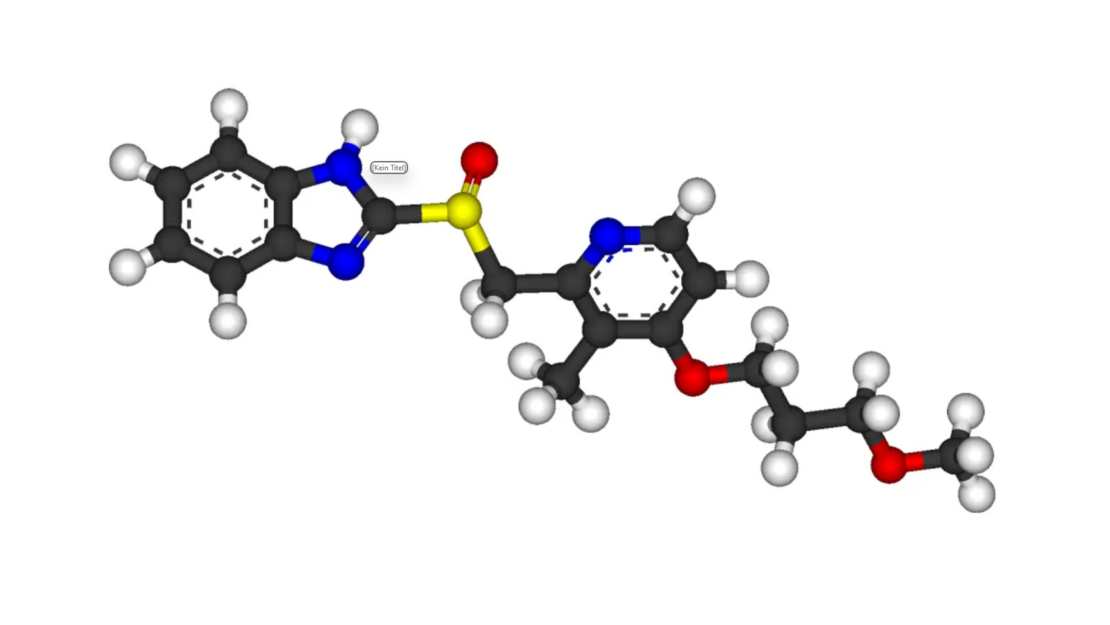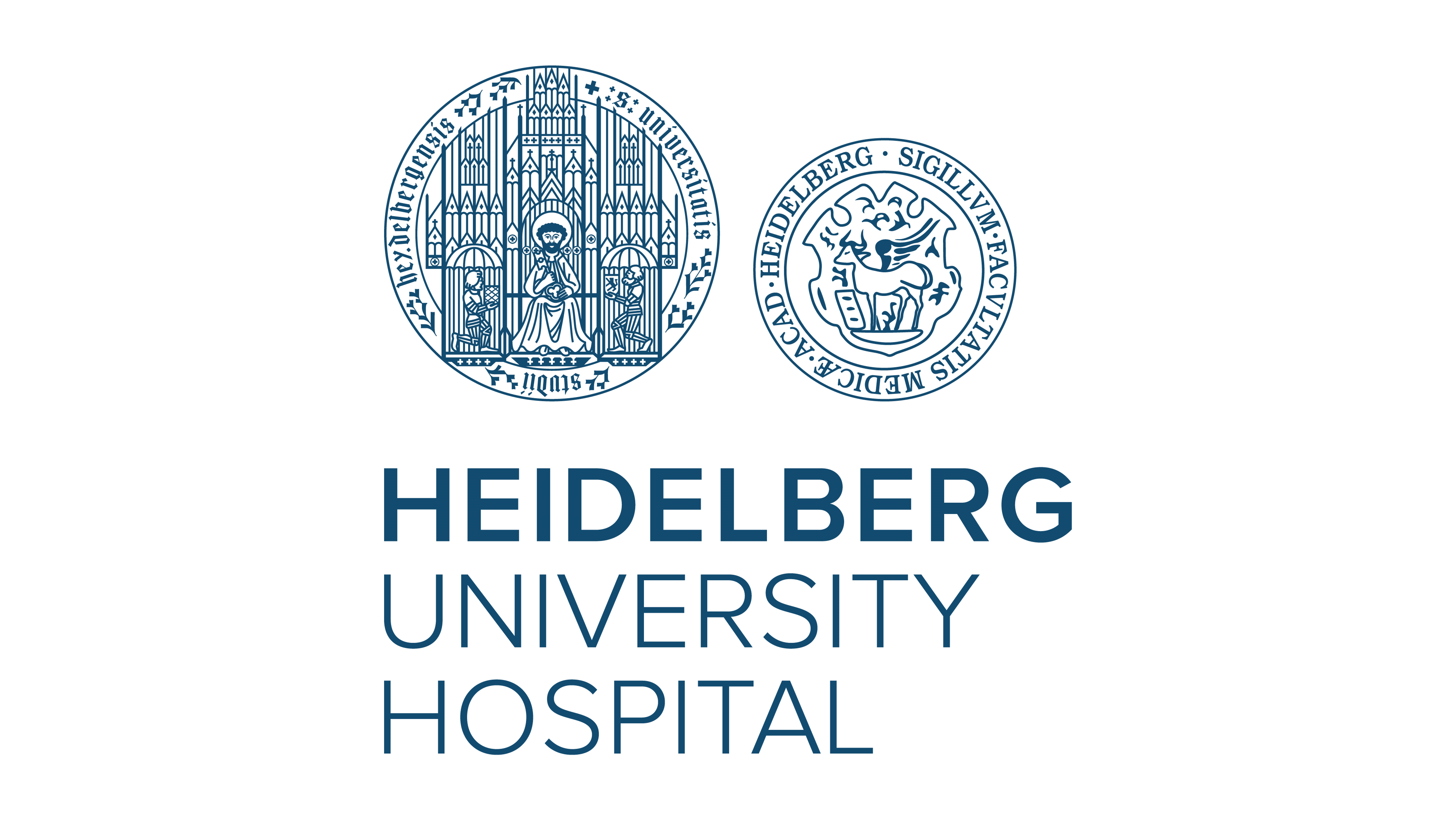Surprising finding for acid reducing drugs

Acid reducing medicines from the group of proton pump inhibitors (PPIs) are best-selling drugs that prevent and alleviate stomach problems. PPIs are activated in the acid-producing cells of the stomach, where they block acid production. Researchers at the German Cancer Research Center (DKFZ) made the surprising discovery that zinc-carrying proteins, which are found in all cells, can also activate PPIs – without the presence of gastric acid. The result could be a key to understanding the side effects of PPIs.

Excessive gastric acid can cause not only heartburn, but also chronic complaints such as gastritis or even a stomach ulcer. Doctors usually prescribe a proton pump inhibitor (PPI) for treatment. Examples include the medications pantoprazole, omeprazole and rabeprazole. PPIs bind to and block an enzyme in the gastric parietal cells known as the proton pump, effectively reducing the production of gastric acid.
PPIs are prodrugs, which means that they are taken as inactive precursors. Their activation to the actual active substance is triggered by protons. The presence of many protons is the hallmark of an acid. The proton pump in the intestinal wall supplies the protons for acidifying the gastric fluid. Since there is a particularly high concentration of protons in the immediate vicinity of the proton pump, the PPIs are activated locally. Proton-dependent activation ensures that PPIs almost exclusively attack and paralyze the proton pump, at least according to the current doctrine.
Even though short-term use of PPIs is usually very well tolerated and considered harmless, long-term use poses health risks. Studies have suggested the possibility of increased risk of heart attacks, strokes, dementia and susceptibility to infections. This raises the question of whether PPIs are also activated outside the stomach and influence other proteins, i.e. independently of an environment with a high proton concentration.
A team of researchers led by biochemist Tobias Dick and chemist Aubry Miller, both at the DKFZ, have been looking into this question. They used a method known as click chemistry, a strategy for labeling molecules that was awarded the Nobel Prize three years ago. They used it to track rabeprazole, a typical representative of PPIs, in human cells in the culture dish, far from an acidic environment.
In the process, the team made a surprising observation: the PPI was activated in the pH-neutral interior of the cells and bound to dozens of proteins there. Further analysis showed that these were zinc-binding proteins. “This led us to hypothesize that protein-bound zinc can lead to the activation of PPIs, independently of the presence of protons,” explains biologist Teresa Marker, first author of the publication.
In the course of further investigations, the researchers were able to show that protein-bound zinc does in fact form a chemical bond with the PPI, which then leads to the activation of the PPI. The activated PPI is highly reactive and combines on the spot with the zinc-carrying protein. This in turn disrupts the structure and function of the attacked protein.
“From a chemical point of view, this result makes sense, because zinc can mimic the effect of protons and behave like an acid,” explains chemist Aubry Miller of the DKFZ.
Among the zinc-carrying proteins that were most affected by the PPI, some play a role in the immune system. However, further studies are needed to determine whether the newly discovered activation mechanism is associated with the known or suspected side effects of PPIs. “These results open up new perspectives for a better understanding of the side effects of PPIs,” summarizes Tobias Dick.
Publication:
Marker T, Steimbach RR, Perez-Borrajero C, Luzarowski M, Hartmann E, Schleich S, Pastor-Flores D, Espinet E, Trumpp A, Teleman AA, Gräter F, Simon B, Miller AK, Dick TP (2025) Site-specific activation of the proton pump inhibitor rabeprazole by tetrathiolate zinc centers. Nature Chemistry, 2025, DOI: 10.1038/s41557-025-01745-8




